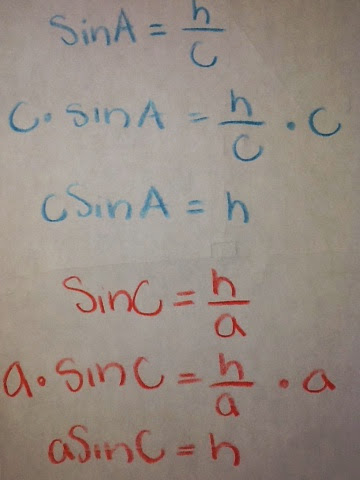This SP8 was made in collaboration with Jennifer Guerrero. Please visit the other awesome posts on their blog by going here.
Solving using SOH CAH TOA:
* We used Pythagorean theorem to find the hypotenuse of the triangle.
*making sure to always rationalize a fraction when needed. (ex: cos and sin)
Solving using Identities:
*we first found what quadrant it lyed on, in order to know which answers were to be positive and which were negative. (Short cut: All Students Take Calculus)
*we used reciprocal identities to find all but sin.
* for sin we used a Pythagorean Identity: sin^2x+cos^2x=1
* once again never forgetting to rationalize!!
The viewer needs to pay close attention when solving with identities which ones can be used according to the givens given. Keeping in mind that we can only have one unknone trig function within an identity. Also a key part is never to forget to rationalize! Another thing is that the quadrant it lyes on determines which answers are positive or negative, watch out for the signs.






















